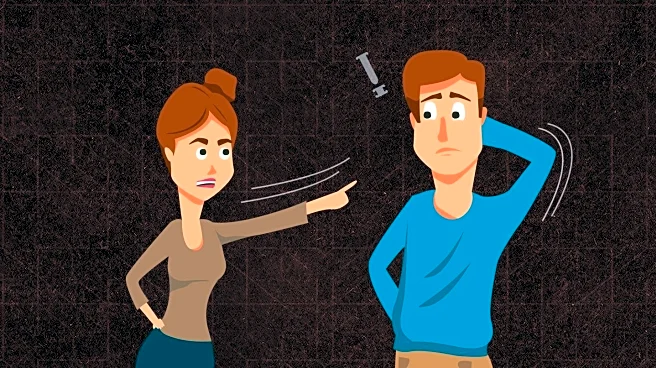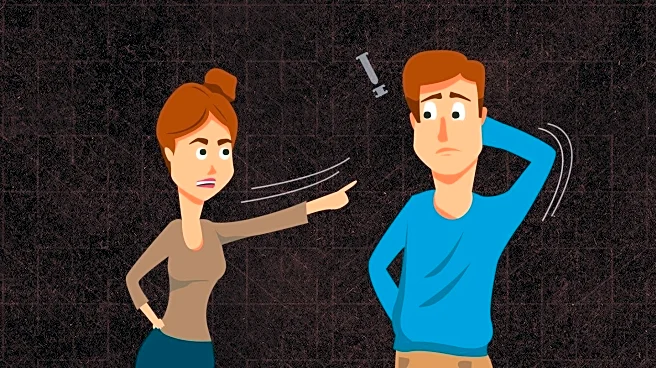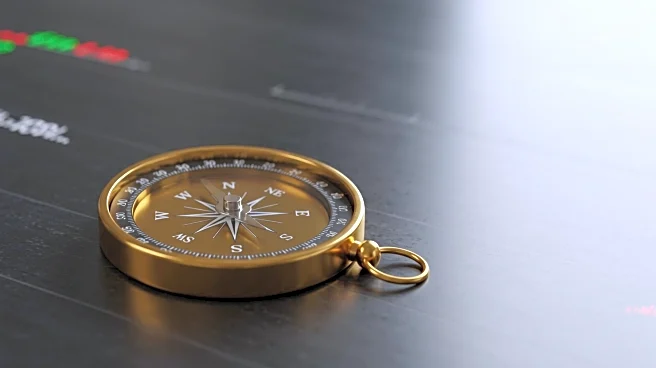What is the story about?
What's Happening?
Passive-aggressive behavior is a common issue that can manifest in subtle ways, such as backhanded jokes or curt texts. Fanny Tristan, a psychotherapist and founder of Restority Space in New York City, explains that this behavior often stems from an individual's fear of direct communication, especially when overwhelmed or disappointed. Instead of expressing their feelings openly, they may resort to indirect methods like the silent treatment. Dralisa Young, another expert, advises against responding with similar passive aggression, suggesting instead to maintain calm and clear communication. The article provides strategies for dealing with passive-aggressive individuals, including considering the context, asking for clarification, and addressing the behavior without attacking the person.
Why It's Important?
Understanding and managing passive-aggressive behavior is crucial for maintaining healthy relationships in both personal and professional settings. This behavior can lead to misunderstandings and unnecessary stress, impacting mental health and productivity. By recognizing the signs and employing effective communication strategies, individuals can prevent escalation and foster more open and honest interactions. This approach not only benefits personal relationships but can also improve workplace dynamics, leading to better collaboration and reduced conflict.
AI Generated Content
Do you find this article useful?












